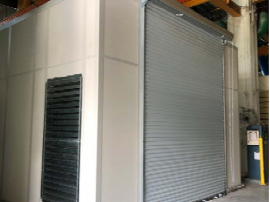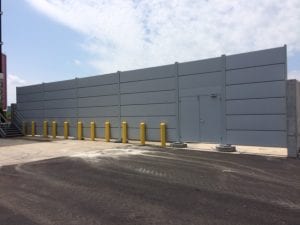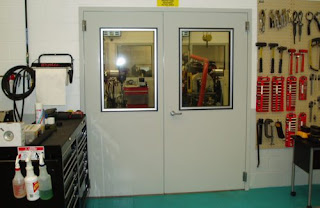Secrets of sound canceling panels
Sound cancelling panels are the solution to various acoustic issues. As a musician, I am really unlucky to play in rooms where the acoustics are less than desirable. Inferior acoustics can spoil a good show. This post is about how you can solve these issues using sound panels or studio foam.
When you create sound in a room, the sound waves bounce like a wave off every surface they face and then bounce back into new sounds and effect how they sound by cancelling various frequencies. We all have experienced being in an auditorium where the echoes of the speaker are so rampant that it becomes hard to realize what the speaker is saying. One way this can be fixed is by reducing the volume on the microphone without any kind of compliance guide to MSHA.
A sound panel or audio foam disintegrates the sound waves on impact. The result is that the sound efficiently stops there. Recording studios utilize these as they prevent interference from the sound waves. Bass traps are another type of sound panel designed to stop the sound waves also. Studio foam is highly important in the mixing room. When the sound engineer is mixing audio tracks, it is impossible to get a good mix when specific frequencies are cut out due to the inferior room acoustics.
It is not vital to cover every surface with studio foam or to use a positive displacement blower, and you don’t have to select between a lovely space and a realistic space. Sound panels are frequently worked into the design of the room. Sometime even furniture is made to assist with the acoustics. Many people decide to make their own sound panels. The result is various choices for those in requirement of an acoustic treatment.




Comments
Post a Comment